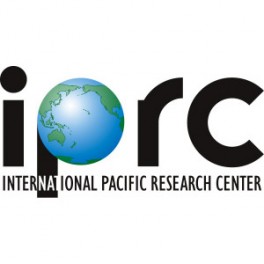Studies of the basic physics of tropical atmospheric and ocean coupled systems on seasonal and longer timescales, notably the El Niño phenomenon and the Asian monsoon circulations, and predicting future variability through advanced numerical modeling have a long and distinguished history within SOEST. Spanning over thirty years, SOEST students and researchers are global leaders in long-range environmental prediction in the Asia-Pacific region, and have significantly defined and advanced global understanding of key climate phenomena rooted in the tropics, such as El Niño, the Kuroshio current, the role of marginal seas in the climate system, the Asian monsoon, interannual variability in the Indian Ocean, and tropical cyclones.
Concerns about human induced climate change are addressed through modeling studies of past climate and through assessment of model predictions for current and future trends in climate variability. SOEST students and staff work on planet-scale efforts to build seamless forecasting capabilities–filling the gaps between weather and seasonal forecasts and the gaps between seasonal prediction and future projection. Our strength in modeling and diagnosing climate variability on diverse timescales fosters a particular interest in understanding how longer period climate trends may affect higher-frequency variability, including the occurrence of extreme events.









